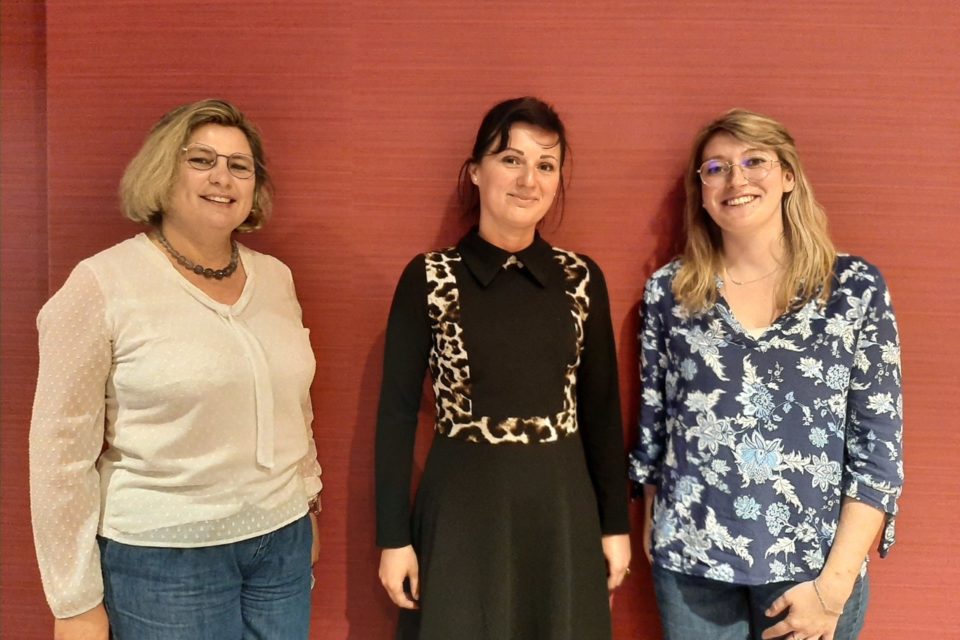There early detection of the autism spectrum disorders (ASD) in pediatrics represents a major challenge for child health. Indeed, studies reveal that the ability to identify these disorders before the age of two is not only possible, but also crucial to enable appropriate and effective intervention. THE early detection, facilitated by specific tools such as the M-CHAT-R™, makes it possible to assess the risk of autism and ensure appropriate medical monitoring. Therefore, particular attention paid to warning signs from the first months of life can significantly improve the support and child development.
|
IN BRIEF
|
Early detection of autism spectrum disorders (ASD) in children is of crucial importance, because a diagnosis established at an early age can promote appropriate care and improve the child’s overall development. According to studies, it is possible to identify ASD with a reliability increased before the age of 2 for some children. This proactive approach is based on the use of specific screening tools to identify warning signs.
Importance of early identification
The identification of autism spectrum disorders in the first years of life is a major issue in pediatrics. THE warning signs ASD can appear between 18 and 36 months, and rapid detection allows for early intervention beneficial. This includes tailored care that can help the child develop social, language and behavioral skills.
Screening tools
To strengthen early identification, various tools have been recommended. For example, the M-CHAT-R™ (Modified Checklist for Autism in Toddlers – Revised) is a questionnaire used that can flag potential ASD risks. A score of 3 or higher indicates risk, while a score of 8 or higher intensifies this suspicion, making further monitoring necessary.
Specialized detection teams
There are specialized units for the detection and early management of ASD, such as those presented by theRobert Debré Hospital. These teams are made up of healthcare professionals, such as psychologists and pediatricians, trained to assess warning signs in very young children, between 6 and 30 months.
Recommendations from the High Authority of Health
The High Authority of Health (HAS) underlines the importance of early diagnosis to improve outcomes for children with autistic symptoms. Updated recommendations provide guidelines for identification and diagnosis, allowing practitioners to better meet the needs of affected parents and children. For more details, visit the website of the HAS.
Confirmation of diagnosis
Once a risk has been identified, it is crucial to confirm the diagnosis with specialist doctors. THE pediatricians and the psychiatrists trained can carry out more in-depth assessments to establish whether a child does indeed have an autism spectrum disorder. This may involve clinical observations and standardized assessments. For more information regarding confirmation of a diagnosis, you can consult the website Autism Info Service.
In short, early detection of ASD in pediatrics is essential for rapid response and adapted, thus allowing better development of the children concerned. Screening tools, specialized teams and public health recommendations play a central role in this proactive approach.

Early detection of autism spectrum disorder (ASD) in young children represents a major issue in pediatrics. Studies show that a diagnosis can be made with some reliability from the age of two in some children, which highlights the importance of effective identification. Early screening not only makes it possible to identify the specific needs of children, but also to quickly implement appropriate interventions, thus promoting their development.
Warning signs and early recognition
Spotting the early signs of autism is crucial. Behaviors to watch for include lack of nonverbal communication, difficulty making eye contact, and repetitive behaviors. There HAS (High Authority for Health) offers tools and recommendations to strengthen the early detection process. A score of 3 or more on M-CHAT-R™ (Modified Checklist for Autism in Toddlers) indicates high risk and a score of 8 or higher, an even more significant risk for ASD.
Screening protocols
To ensure effective detection, it is essential to establish systematic screening protocols during pediatric consultations. Pediatricians must be trained to recognize signs of autism from the first months of life, by implementing standardized assessments during routine visits. It is then recommended to use tools such as the M-CHAT-R™ to complete the clinical assessment.
Importance of early diagnosis
The diagnosis of ASD is often established between the ages of 3 and 5, while the first symptoms can be observed as early as 18 months. A early diagnosis provides rapid access to specialized interventions, thus promoting the development of social and communication skills. According to research, early intervention can have a significant positive impact on the cognitive and emotional development of affected children.
Multidisciplinary team for care
It is also essential to establish a specialized team for the care of young children presenting warning signs. This team may include psychologists, of the speech therapists, and other healthcare professionals, working together to assess, diagnose and support the child and their family. The collaboration between these experts guarantees a holistic approach adapted to each situation.
Resources and support for families
Informing and supporting families is a fundamental aspect in the process of detecting and diagnosing ASD. Parents must be made aware of the warning signs and encouraged to seek medical advice as soon as they suspect atypical behavior in their child. In addition, support groups can provide valuable assistance by sharing experiences and coping strategies, while providing a space for reassurance and understanding.
Early detection of autism spectrum disorders is essential to ensure positive feedback on child development. By integrating screening protocols rigorous, a multidisciplinary team, and familiar support, it is possible to ensure increased well-being and optimal outcomes for the children involved.
There early detection Autism spectrum disorder (ASD) is a fundamental issue in pediatrics. The first warning signs often appear as early as 18 months of age, and it is crucial that healthcare professionals are trained to identify these demonstrations. Screening instruments, such as the M-CHAT-R™, can assess the risk of ASD in young children. A score equal to or greater than 3 exposes the child to potential risk, while a score of 8 signals greater suspicion. The application of these tools promotes early detection, which is essential to direct the child towards appropriate care.
A early detection effective also relies on raising awareness among parents and caregivers of behavioral difficulties and communication skills that may indicate an autism spectrum disorder. This includes observing social interactions, emotional expressiveness and language development. By establishing an ongoing dialogue with families, health professionals can raise awareness and encourage early consultation.
Furthermore, a multidisciplinary approach, involving psychologists, pediatricians and speech therapists, is essential for early diagnosis. This collaboration allows us to cross-reference skills and better understand the specific needs of each child. Sharing information between different health actors promotes coherent and integrated monitoring.
In short, the early detection of ASD in pediatrics is not only a priority but also an imperative which requires mobilization of both diagnostic and therapeutic resources. Rapid and coordinated action could significantly improve the quality of life of autistic children and their families.









